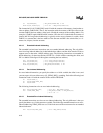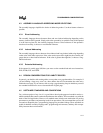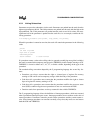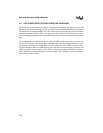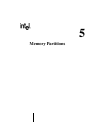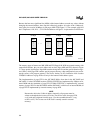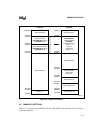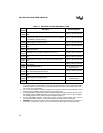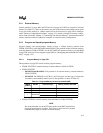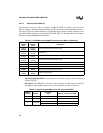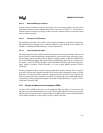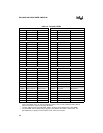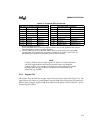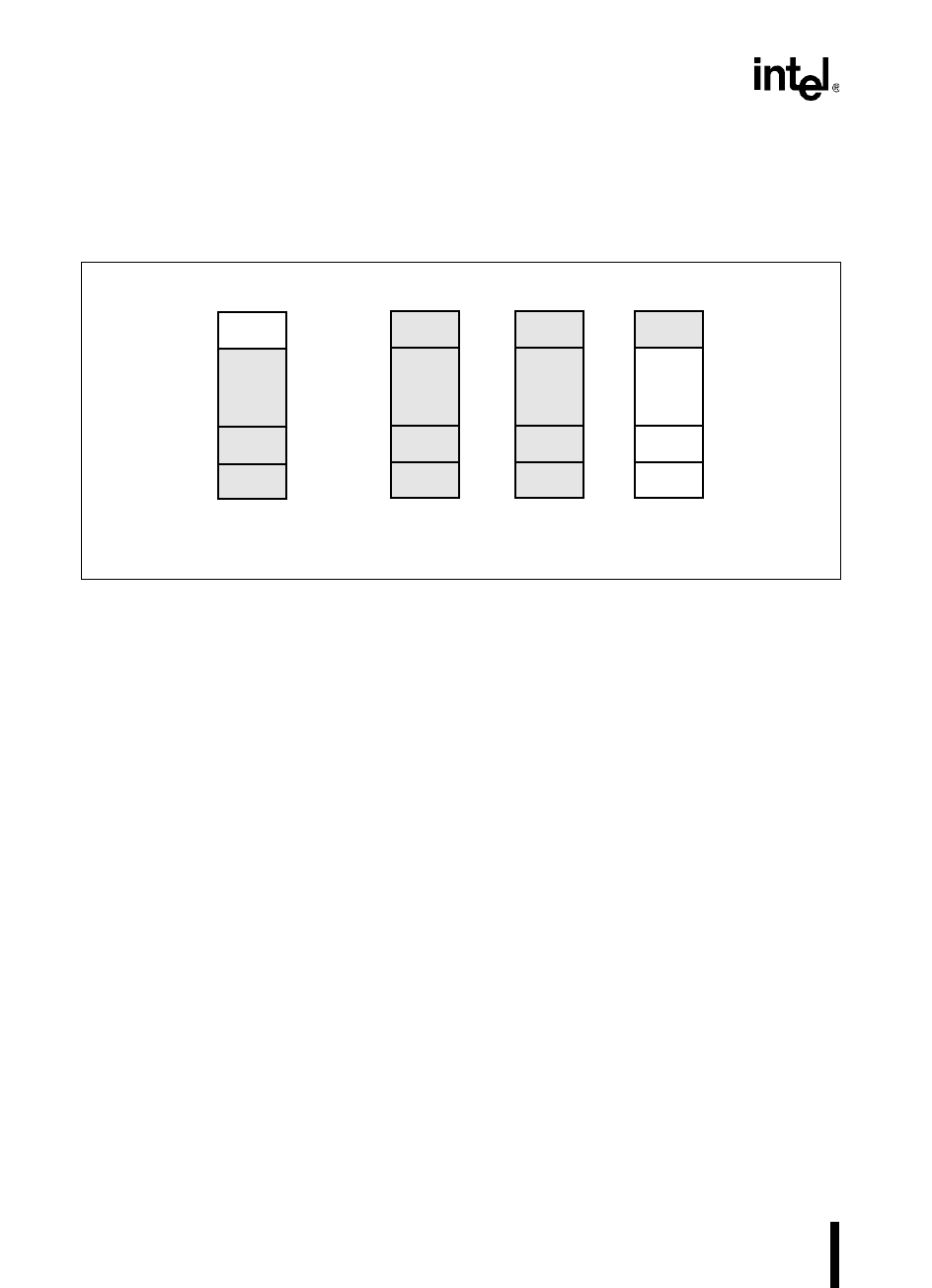
8XC196NP, 80C196NU USER’S MANUAL
5-2
Because the four most-significant bits (MSBs) of the internal address can take any values without
changing the external address, these four bits effectively produce 16 copies of the 1-Mbyte ad-
dress space, for a total of 16 Mbytes in 256 pages, 00H–FFH (Figure 5-1). For example, page 01H
has 15 duplicates: 11H, 21H, ..., F1H. The shaded areas in Figure 5-1 represent the overlaid areas.
Figure 5-1. 16-Mbyte Address Space
The memory pages of interest are 00H–0EH and FFH. Pages 01H–0EH are external memory with
unspecified contents; they can store either code or data. Pages 00H and FFH, shown in Figure
5-2, have special significance. Page 00H contains the register file and the special-function regis-
ters (SFRs), while page FFH contains special-purpose memory (chip configuration bytes and in-
terrupt vectors) and program memory. The device fetches its first instruction from location
FF2080H. Addresses in page FFH exist only in the internal 24-bit address space.
The implementation of page FFH in the 83C196NP differs from that in the 80C196NP and
80C196NU. For the 83C196NP, locations FF2000–FF2FFFH are implemented by 4 Kbytes of in-
ternal ROM and the remainder of page FFH (FF3000–FFFFFFH) is implemented by external
memory in page 0FH. For the 80C196NP and the 80C196NU, which have no internal ROM, all
of page FFH is implemented by external memory in page 0FH.
NOTE
Because the device has 24 bits of address internally, all programs must be
written as though the device uses all 24 bits. The device resets from page FFH,
so all code must originate from this page. (Use the assembler directive, “cseg
at 0FFxxxxH.”) This is true even if the code is actually stored in external
memory.
A2541-02
16 Mbyte
FFH
•
•
•
F1H
F0H
3 Mbyte
2FH
•
•
•
21H
20H
2 Mbyte
1FH
•
•
•
11H
10H
1 Mbyte
0FH
•
•
•
01H
00H
Externally
Addressable
•
•
•



